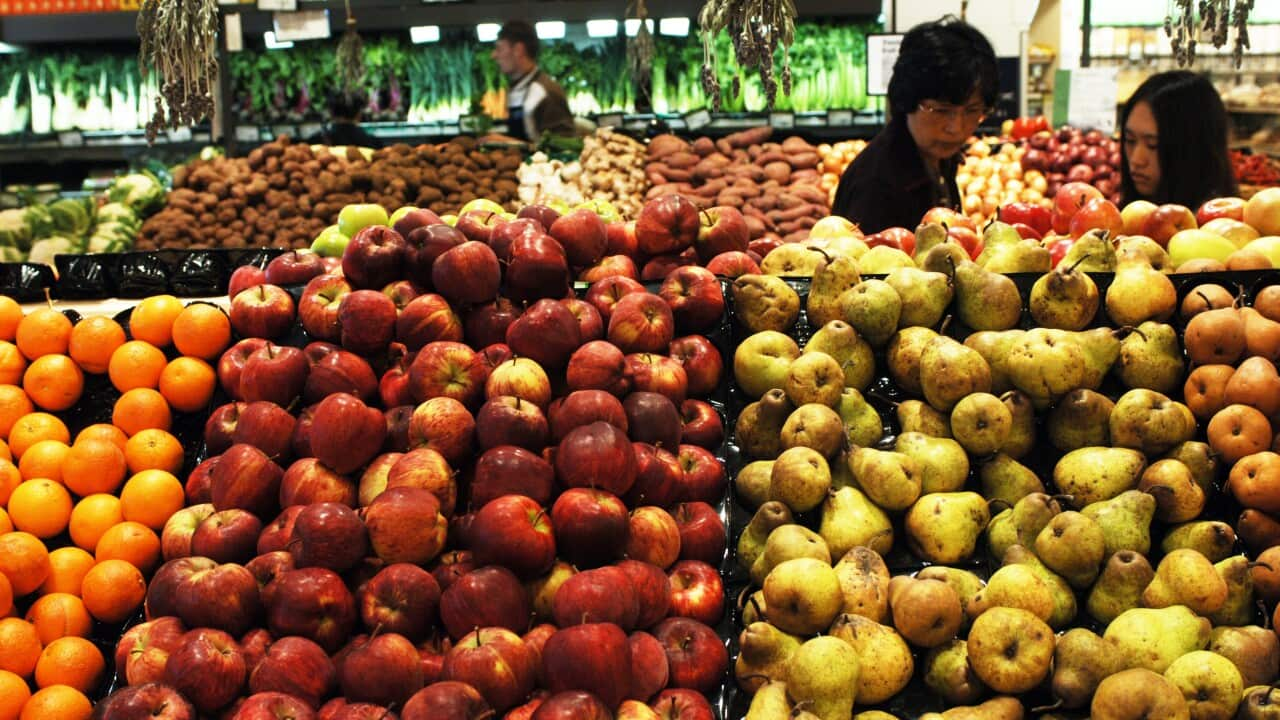The federal government insists Australia's poorest won't be disadvantaged as a result of changes to the tax system, despite new modelling suggesting otherwise.
Data commissioned by Australia's peak social services body shows two-thirds of households earning up to $100,000 would be worse off if the GST was raised from 10 to 15 per cent - even with a five per cent cut to income tax.
Low-income earners would lose about $33 a week because whatever they would save from a tax cut would be offset by having to pay more at cash registers.
The wealthier would gain an extra $69 each week because poorer households often spend more earnings meeting the cost of living, while higher earners have more savings.
The Australian Council Of Social Service is using the data to prove that raising the GST to fund income tax cuts would further drive inequality.
"Fairness and simplicity would be undermined and it would do little or nothing to improve economic efficiency," ACOSS chief Cassandra Goldie said in a statement.
Assistant Social Services Minister Alan Tudge said the government shared ACOSS's aspirations and vowed to protect those on lower incomes.
"Less-well-off Australians won't be disadvantaged in this process," he told ABC radio on Thursday.
He said any tax reform would need to be fair, but also provide greater incentive for people to work and companies to invest.
"If we do those two things, then we can get greater economic activity, which means more wealth in society," he added.
While ACOSS won't oppose a GST hike, it says the focus at the start of the tax debate should be on stamp duties and business taxes.
Shadow Treasurer Chris Bowen says the modelling vindicates everything Labor has been saying about an increase in the GST.
"Compensation is almost by definition temporary (while an) increase in the GST is permanent," he told ABC radio.
Mr Bowen called on the government to detail its tax plans.
According to the National Centre for Social and Economic Modelling, a 15 per cent GST with the existing exemptions for fresh food and other areas, would mean:
* The lowest 20 per cent of earners would pay seven per cent more of their income.
* Middle-range earners would pay 4.2 per cent more.
* Top earners would pay three per cent more.
OTHER REPORT HIGHLIGHTS:
* Leaving the GST at 10 per cent but including fresh food would have less of an impact than a 15 per cent rate. That would raise $7 billion in 2016, but increase living costs by 0.7 per cent. The poorest would have their spending power reduced by two per cent, middle incomers by one per cent and top 20 per cent by 0.6 per cent.
* Raising the GST to 15 per cent without removing exemptions would raise $29 billion in 2016, and increase the cost of living by 2.8 per cent.
* If revenue is used to fund tax cuts, the top 40 per cent of earners would gain at the expense of the bottom 60 per cent. The lowest 20 per cent of households by income to lose $33 a week (6.6 per cent of their income), while top 20 per cent to gain $69 a week (2.1 per cent of income).

